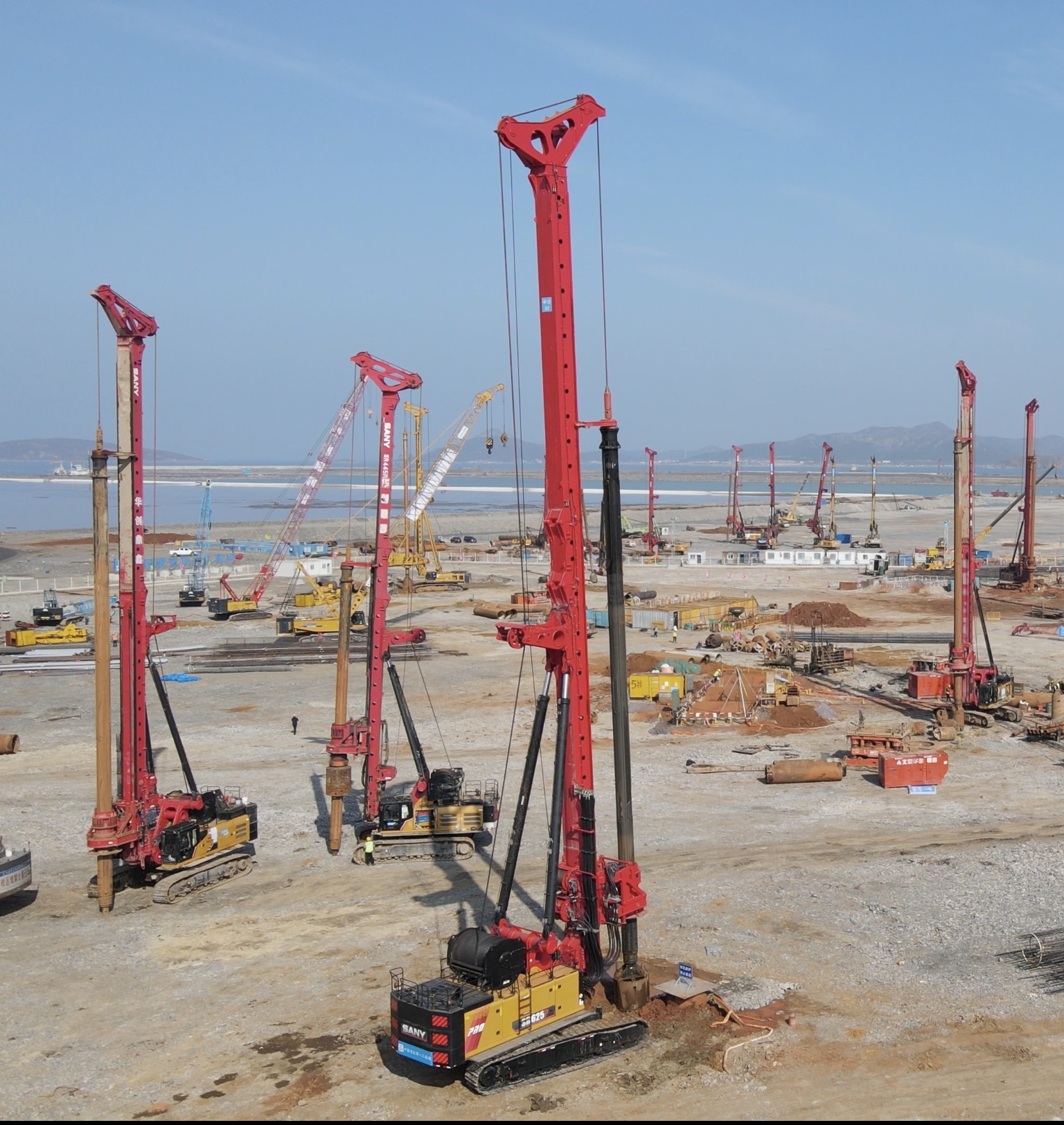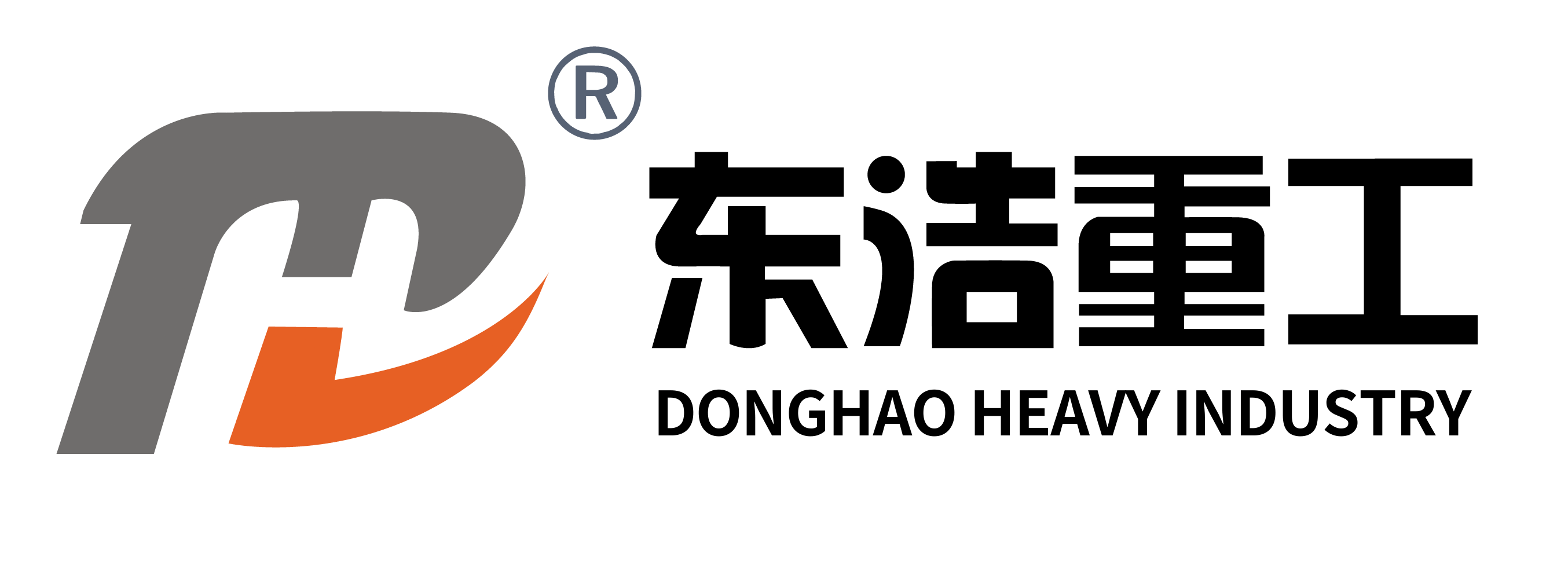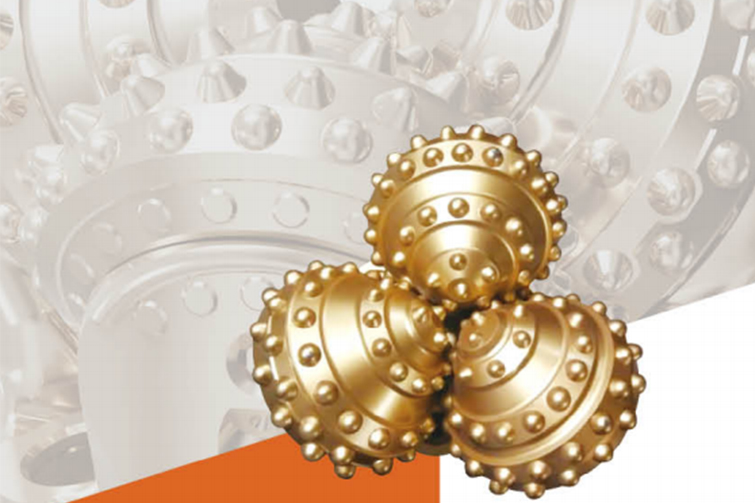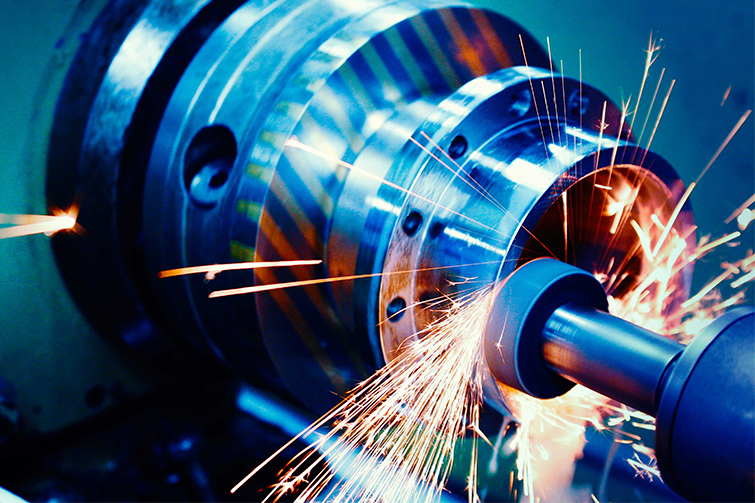

Mastering Rotary Cutting Teeth: Precision Engineering for Enhanced Construction Efficiency

Introduction to Rotary Cutting Teeth
Rotary cutting teeth are specialized tools used in construction machinery, such as roadheaders and tunnel boring machines, to cut through hard materials like rock and concrete. They consist of hardened steel or carbide tips that rotate to abrade and break down surfaces, ensuring efficient material removal. Proper selection and maintenance are crucial for maximizing their lifespan and performance, as they directly impact project timelines and costs.
Technical Design and Materials
The design of rotary cutting teeth involves precise engineering to handle high-stress conditions. Typically made from tungsten carbide or high-strength alloys, these teeth feature geometries optimized for specific materials. For instance, in tunneling applications, teeth with conical shapes reduce wear and improve cutting efficiency. Key parameters include hardness ratings of 60-65 HRC and tip angles between 60-90 degrees, which balance durability and cutting speed. Advanced coatings, such as diamond-like carbon, further enhance resistance to abrasion and corrosion, extending service life in harsh environments.
Operational Mechanisms and Performance
During operation, rotary cutting teeth rotate at speeds of 50-200 RPM, depending on the machine and material hardness. They work by inducing micro-fractures in the substrate, facilitated by controlled force and coolant systems to prevent overheating. Performance metrics like cutting rate (measured in cubic meters per hour) and tool life (often 100-500 hours under normal conditions) are critical. For example, in a granite excavation project, teeth with optimized parameters can achieve rates of 2-3 m³/h, reducing downtime and labor costs. Regular monitoring of vibration and temperature ensures consistent output and prevents premature failure.
Business Value and Cost Efficiency
Investing in high-quality rotary cutting teeth yields significant business advantages. By improving cutting accuracy and speed, they shorten project durations, leading to cost savings of up to 20% in labor and equipment rental. In commercial construction, this translates to faster completion times, enhancing client satisfaction and competitive bidding. Moreover, durable teeth reduce replacement frequency, lowering maintenance expenses. For instance, a case study in urban tunneling showed that using premium teeth cut overall costs by 15% while increasing safety by minimizing tool-related accidents.
Common Questions
What factors influence the lifespan of rotary cutting teeth?
The lifespan depends on material hardness, operational speed, and maintenance practices. Regular inspections and proper lubrication can extend it significantly.
How do I choose the right teeth for a specific project?
Consider the substrate material, machine compatibility, and desired cutting rate. Consulting manufacturer guidelines and conducting trials can help optimize selection.








